Home baking is not difficult at all–you just need to know the basics. In my next few articles, I will teach you how to bake like a pro. No, we’re not talking about grabbing a boxed cake mix and some frosting from a can; here you can learn how to bake things…from scratch!
Baking from scratch requires a lot of ingredients, but most baked goods are made up of the same stuff: flour, sugar, eggs, leavener, butter/oil/shortening and flavoring. To be a really good baker it helps to know what these things actually do and how they all come together to make something magical.
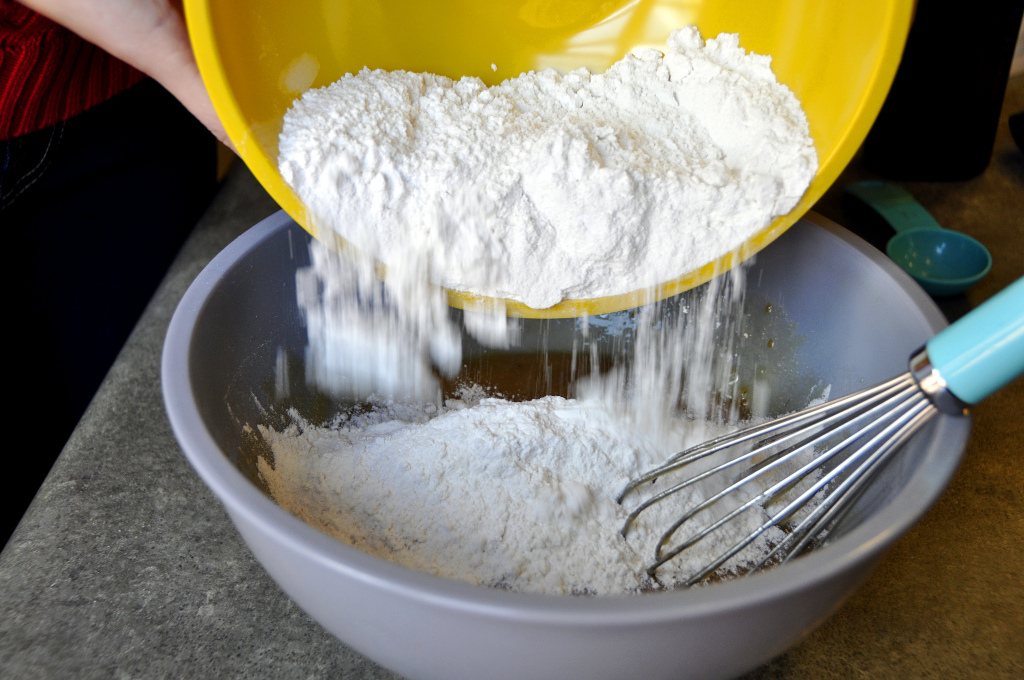
Photo by Emma Delaney
Flour is always a big component in baked goods–it’s what holds it all together. There are three types of flour out there: bread flour, cake flour and all-purpose flour. They are not the same! Using cake flour creates a more tender crumb while bread flour makes a more structured product. All-purpose is the middle ground, which is why it is the go-to in most recipes. Regardless of which flour you use, though, the more flour you use, the more structure your baked good will have.
Tip: You can use all-purpose flour, cornstarch and a lot of sifting to make a pretty decent substitute for cake flour.
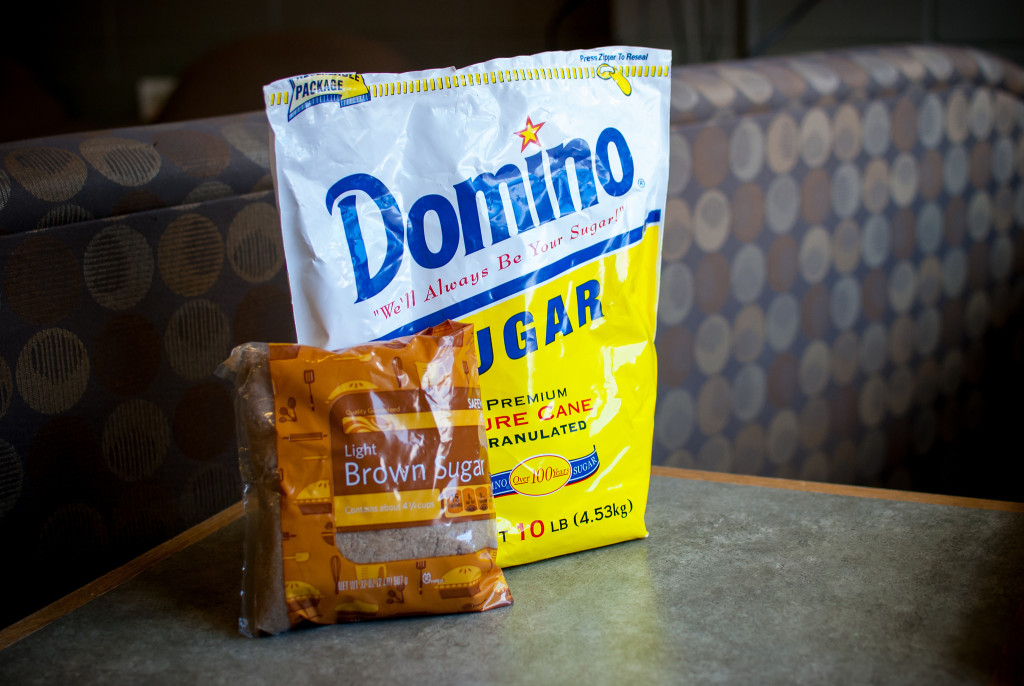
Photo by Scott Harrington
Sugar is undoubtedly one of the best components of baked goods, but it turns out that it doesn’t just keep things sweet. In the batter, sugar raises the boiling point of any liquid, helping to not overcook the eggs in the oven. It also helps provide moisture by being super absorbent. Brown sugar, for instance, provides even more moisture to the products because of the molasses. (Hint: Brown sugar is just white sugar with molasses mixed in; you can even make your own!)
Eggs provide the glue of the whole recipe. While the egg white helps the dough to rise, the yolk brings together the fat and water to create a homogeneous batter. Most recipes contain eggs because of this unique, adhesive property.
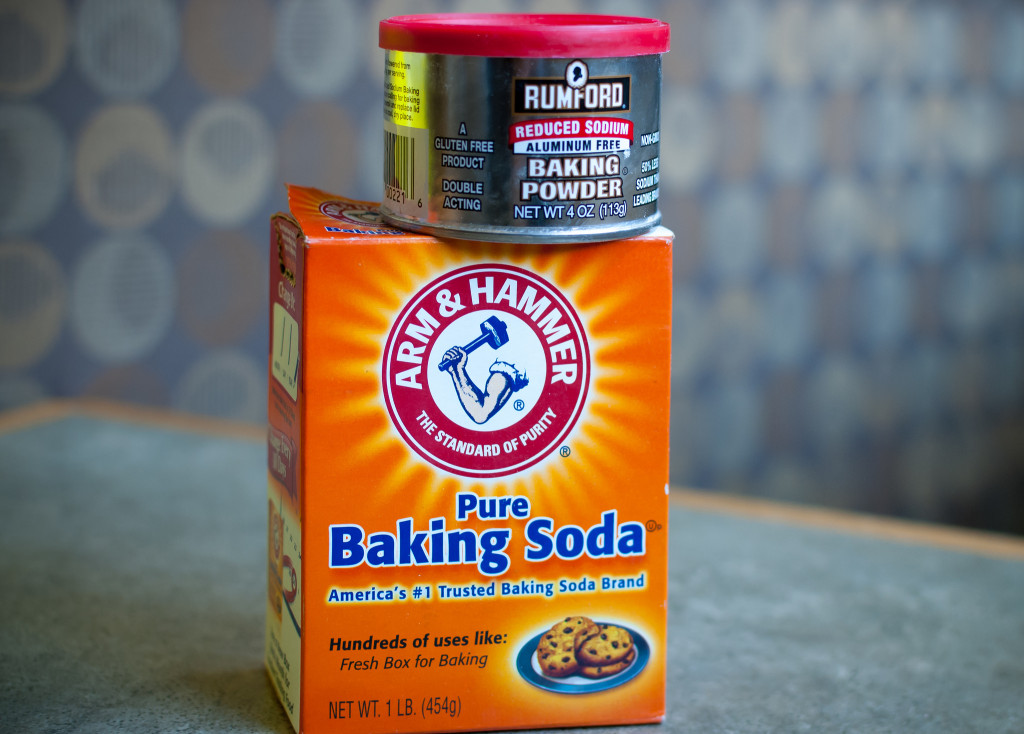
Photo by Scott Harrington
Leavener is the ingredient that makes the dough rise in the oven. The most common forms of leavender used is baking soda, baking powder and yeast. The downside to baking soda is that it needs an acid to react with in the batter, like chocolate, brown sugar, honey, sour cream, yogurt, buttermilk or citrus juice. Baking powder is made of baking soda, cream of tartar and cornstarch. (This means you can make your own at home!) The cream of tartar gives the baking soda the acid it needs to react with if the recipe doesn’t already include one.
Tip: There’s an easy way to check if your baking soda or baking powder is still active–yes, it goes bad! For baking soda, pour a little bit into a glass of vinegar (an acid). If it’s still good, it will start bubbling within a few seconds. To test baking powder, you use the same method, but with a glass of water instead.
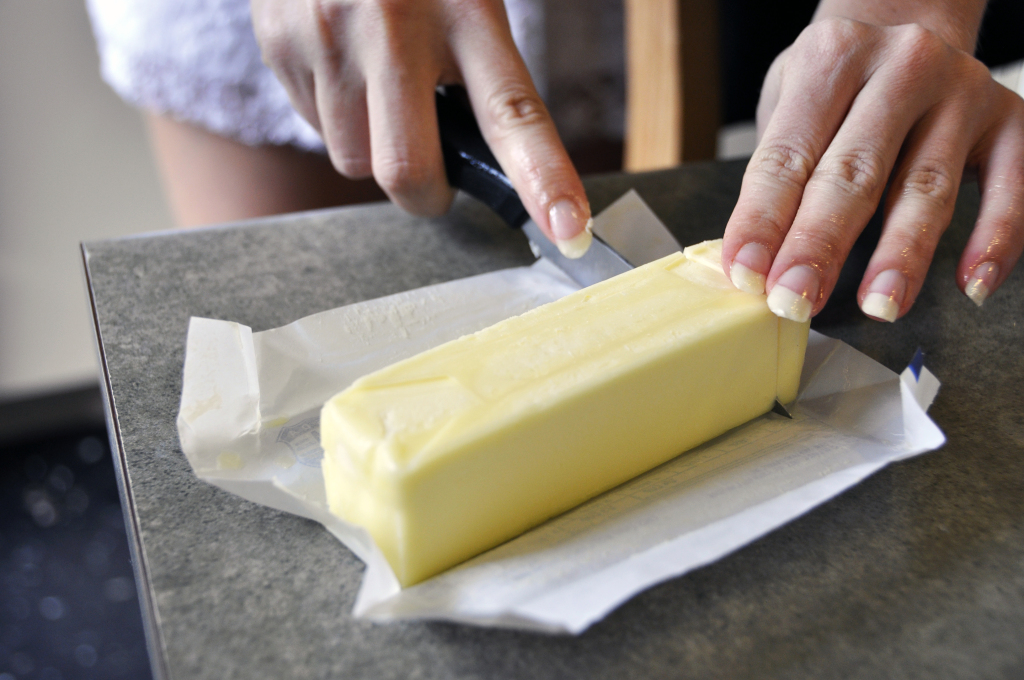
Photo by Emma Delaney
Most recipes also contain a fat, usually butter, shortening or oil. The fat helps to tenderize the dough, making the final product not too structured. Different fats work best for different purposes. Butter (the most often used in baking) gives a nice flavor. Oil makes cakes moister and more tender. Shortening is unique in that it is 100% solid fat with little to no flavor.
Flavoring is easily the best part. This could be vanilla extract, chocolate, almond extract, strawberry puree, mint extract…anything your heart desires. This is the stuff that completes the recipe.
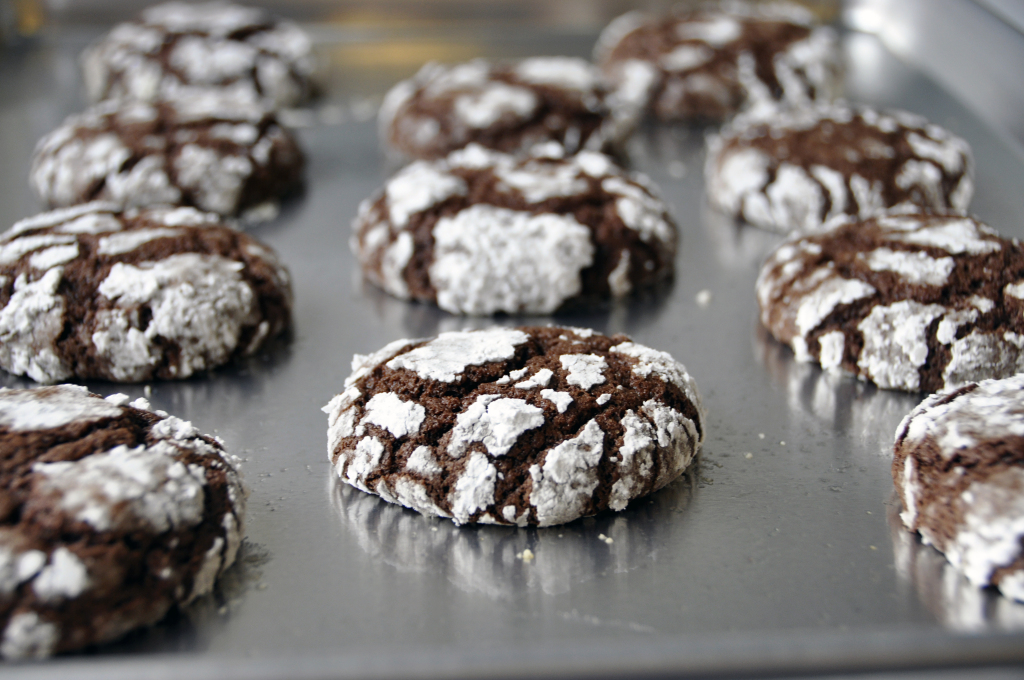
Photo by Emma Delaney
Of course, every recipe is different. Some have potent ingredients not mentioned in this article. Here’s a rundown of some of the major ones. Salt gives flavor and also helps with structure; milk adds moisture; cornstarch acts as a thickening agent and also makes the end product more chewy.
All of these different ingredients work together to create a variety of flavors and textures. Understanding each ingredient’s role helps you know what you’re doing while baking–just like the pros!


